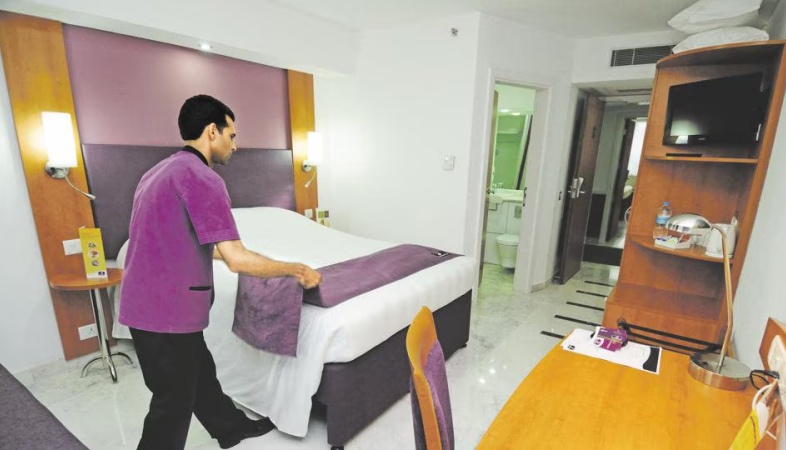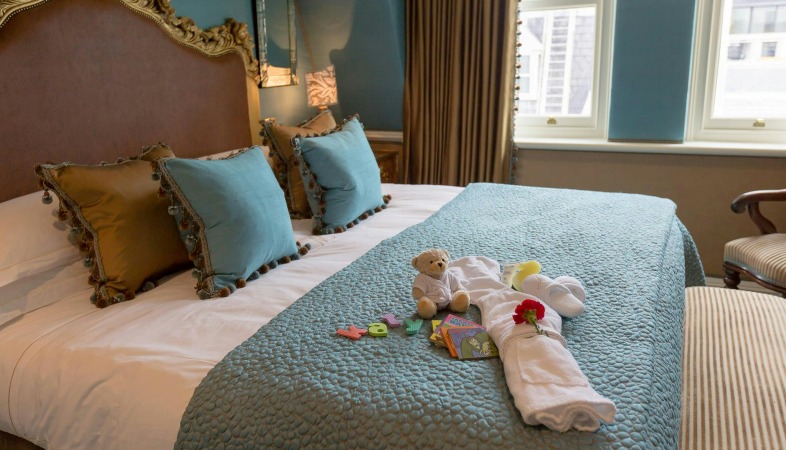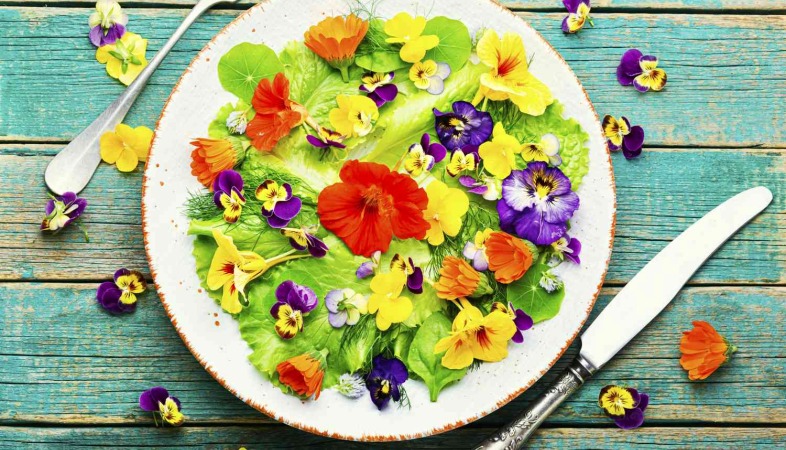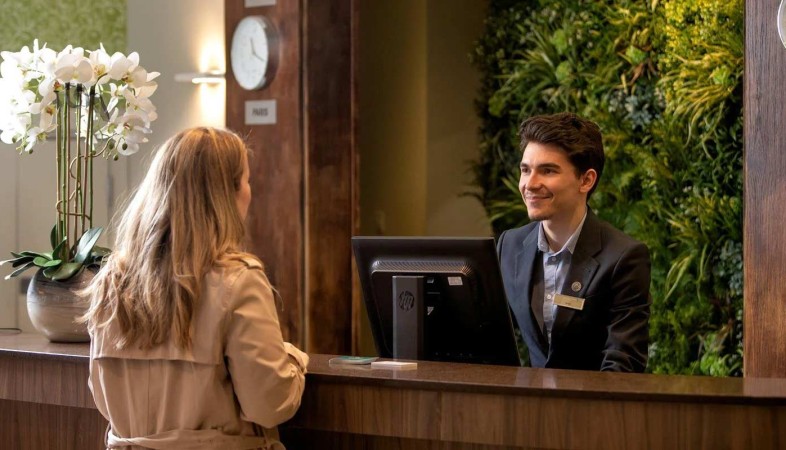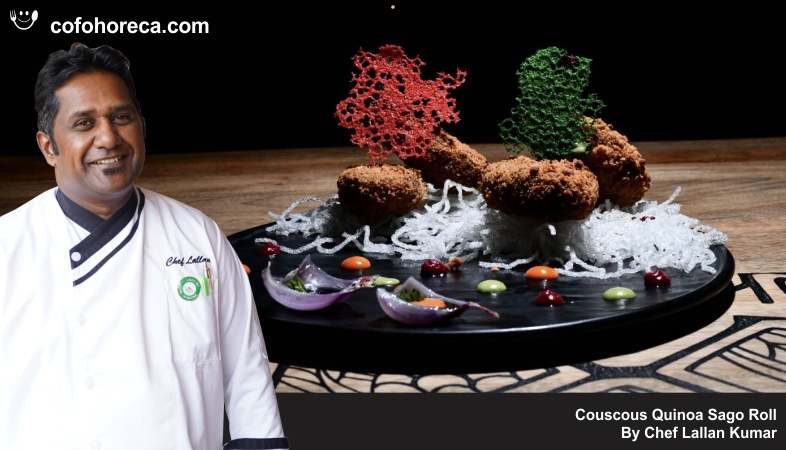Restaurant Design and Ambience: Crafting Memorable Dining Experiences
The choice of furniture and decor elements further defines the character of a restaurant.

In the realm of culinary adventures, the ambience and design of a restaurant play pivotal roles in shaping the overall dining experience. Beyond the menu, the aesthetics and atmosphere contribute significantly to the memories patrons carry with them. This essay explores the importance of restaurant design and ambience, delving into the elements that create a harmonious space where food and atmosphere coalesce to form an unforgettable journey.
A restaurant's design is more than mere aesthetics; it is a carefully curated narrative that reflects the establishment's identity and sets the stage for the culinary journey about to unfold. The layout, color palette, and overall decor contribute to the initial impression, shaping diners' expectations and emotions as they step through the entrance.
The spatial arrangement of tables, booths, and seating areas is a fundamental aspect of restaurant design. A well-thought-out layout not only maximizes seating capacity but also ensures a comfortable and accessible space for diners. The flow of movement within the restaurant, from the entrance to the seating area and eventually to the exit, influences the overall dining experience. Seamless transitions and well-defined zones contribute to a sense of organization and purpose in the design.
Color plays a subtle yet powerful role in creating the ambience of a restaurant. The chosen color palette can evoke specific emotions and set the tone for the dining experience. Warm tones like reds and oranges create a cozy and inviting atmosphere, while cool tones such as blues and greens lend a sense of tranquility. The strategic use of color in restaurant design can influence diners' moods and enhance their overall enjoyment of the meal.
Lighting is a crucial element that goes beyond mere functionality. It contributes to the ambience by influencing the perception of space and creating a mood. Well-designed lighting can highlight architectural features, illuminate artwork, and provide an intimate atmosphere. Whether it's pendant lights over tables, soft ambient lighting, or strategically placed spotlights, the interplay of light and shadow contributes to the visual appeal of the dining environment.
The choice of furniture and decor elements further defines the character of a restaurant. From the type of tables and chairs to the artwork on the walls, every detail contributes to the overall theme. A fine-dining establishment may opt for luxurious, upholstered furniture and elegant artwork, while a casual cafe may embrace a more eclectic and relaxed vibe with mismatched furniture and quirky decor elements. Consistency in theme creates a cohesive visual narrative that resonates with diners.
The ambience of a restaurant extends beyond the visual elements to include auditory components. The background music or lack thereof, the hum of conversations, and even the ambient sounds from the kitchen all contribute to the overall auditory experience. The right balance is crucial; music should complement the ambience without overpowering conversations, creating an immersive environment that enhances the dining experience.
Beyond the sensory elements, restaurant ambience is intricately tied to the level of service provided. The professionalism and attentiveness of the staff, from the host at the entrance to the servers attending to diners' needs, contribute to the overall perception of the dining experience. A well-trained and courteous staff enhances the ambience by creating a welcoming and comfortable environment.
In the quest for a distinctive ambience, many restaurants incorporate unique thematic elements into their design. Whether it's a nautical theme with maritime decor, an industrial chic setting with exposed brick and metal, or a nature-inspired oasis with greenery and earthy tones, thematic design adds a layer of storytelling to the dining experience. These themes contribute to the creation of a memorable and immersive environment that complements the culinary journey.
The concept of open kitchen design has gained popularity as it adds a dynamic element to the dining experience. Allowing diners to witness the culinary artistry in action, from the sizzle of pans to the meticulous plating of dishes, creates a sense of transparency and connection with the chefs. The open kitchen design not only enhances the overall ambience but also adds an element of excitement to the dining atmosphere.
In conclusion, restaurant design and ambience are integral components that shape the narrative of a dining establishment. The thoughtful integration of layout, color, lighting, furniture, and thematic elements contributes to the creation of a holistic and immersive experience for diners. Beyond the visual and sensory appeal, the ambience is a culmination of all elements working in harmony to elevate the dining journey. As patrons seek more than just a meal but an unforgettable experience, the significance of restaurant design and ambience in crafting these memories cannot be overstated.
.png)


